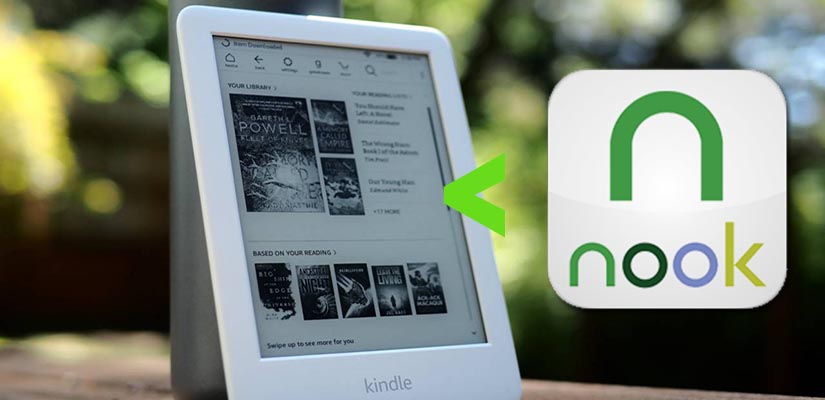

 Do include links in your eBook to your opt-in page, website, or other resourcesĪmazon does support other formats besides word including HTML, MOBI, EPUB, RTF, TXT and PDF. Do use Word to create your Table of Contents (page numbers are unnecessary). Don’t use Headers or Footers for an eBook. Insert hard page breaks after each chapter (but remember that you can’t control the way your eBook looks on an eReader so don’t bother trying to end your chapter at the end of a page. Use styles for your headings rather than manually bolding text or increasing the font size. Use numbered lists rather than typing numbers. Set your paragraph text style to add a 12pt space after each paragraph rather than hitting the “Enter” key twice at the end of each paragraph. Don’t use your spacebar to add extra spaces or indents. And besides, when people read their eBooks they can often decide on their own preferred font styles and sizes. It doesn’t matter which font style you choose because KDP will convert it to a standard style. Heading 1 might be a 20pt font while heading 3 is 16pt and your main paragraph font is 12pt. Using styles helps you easily format your book for Kindle.įor example, your chapter titles you’ll use “Heading 1”.
Do include links in your eBook to your opt-in page, website, or other resourcesĪmazon does support other formats besides word including HTML, MOBI, EPUB, RTF, TXT and PDF. Do use Word to create your Table of Contents (page numbers are unnecessary). Don’t use Headers or Footers for an eBook. Insert hard page breaks after each chapter (but remember that you can’t control the way your eBook looks on an eReader so don’t bother trying to end your chapter at the end of a page. Use styles for your headings rather than manually bolding text or increasing the font size. Use numbered lists rather than typing numbers. Set your paragraph text style to add a 12pt space after each paragraph rather than hitting the “Enter” key twice at the end of each paragraph. Don’t use your spacebar to add extra spaces or indents. And besides, when people read their eBooks they can often decide on their own preferred font styles and sizes. It doesn’t matter which font style you choose because KDP will convert it to a standard style. Heading 1 might be a 20pt font while heading 3 is 16pt and your main paragraph font is 12pt. Using styles helps you easily format your book for Kindle.įor example, your chapter titles you’ll use “Heading 1”. 
Styles are simply pre-formatted settings for your chapter titles, sub-headings, second level sub headings, bullet lists, numbered lists and quotes. Using Microsoft Word Styles to Format a Book for Kindleīefore you start typing your eBook you should set up your Word document using Microsoft Word styles. Even though I’m a Mac Pages fan, I don’t recommend writing a book in it because Amazon can’t convert it to an eBook format. The easiest way is to write your book using good old Microsoft Word. It is relatively simple to take your manuscript and publish it with KDP. How do you format a book for Kindle? Amazon Kindle Direct Publishing is the most popular way to publish eBooks. Posted by Geoff Affleck on JFebruary 1, 2019







 0 kommentar(er)
0 kommentar(er)
